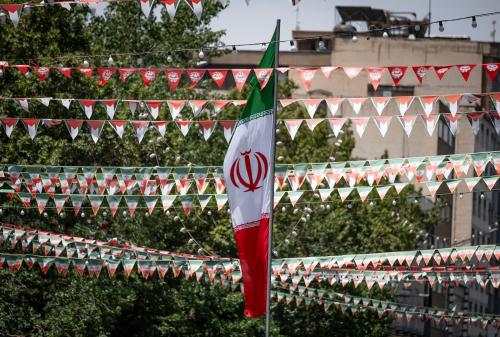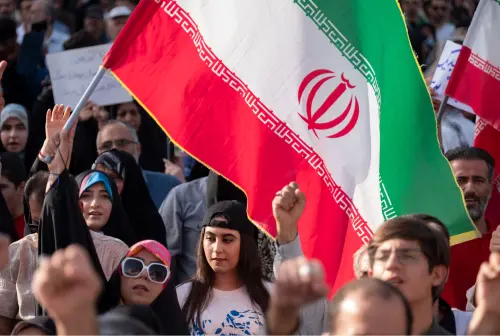Introduction
President George W. Bush came into office opposed to the 1996 Comprehensive Test-Ban Treaty for nuclear weapons, and he has not sought Senate ratification during his seven years in the White House. Indeed, there were reports that, early in his administration, he was considering options for reversing the formal signature of the treaty by President Clinton in 1996. In the end Bush did nothing so drastic. But on top of his decision to withdraw from the 1972 Anti-Ballistic Missile (ABM) Treaty and minimise the binding nature of the 2002 Moscow Treaty on offensive strategic arms, his opposition to the test-ban treaty was seen as a serious blow to arms control.1 As the Bush presidency winds down, those seeking to replace him must decide whether or not to push for ratification.
Critics and supporters of the treaty tend to agree that it is among the most important issues facing the country in the nuclear realm, just as Bush and Senator John Kerry agreed during the 2004 presidential election campaign that nuclear proliferation was the most important challenge facing the United States. But agreement stops there. The broader foreign-policy community has reached no bipartisan consensus on whether the treaty would serve American security interests. Given how controversial the treaty has been along partisan lines, and the fact that it requires a two-thirds Senate vote for approval, presidential candidates who support it will need to campaign on it if there is to be any hope of its eventual passage. Otherwise, the new president will have a hard time claiming the mandate needed to override strong political resistance to the treaty, or even start a serious Congressional debate.
The Brookings Institution is committed to quality, independence, and impact.
We are supported by a diverse array of funders. In line with our values and policies, each Brookings publication represents the sole views of its author(s).



Commentary
Resurrecting the Test-Ban Treaty
March 12, 2008